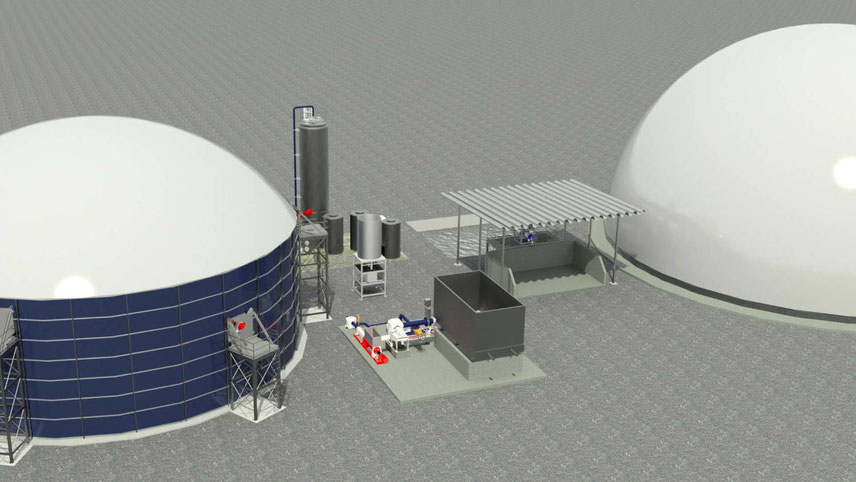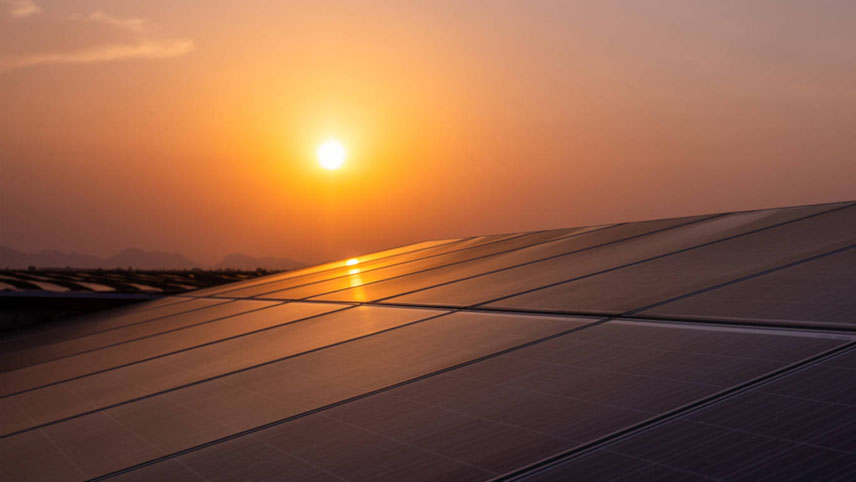-

Infrastructure and facilities that are common in urban settings are generally missing

Rural areas, also known as the countryside, are those where population density is quite low and settlements are in open swaths of land. Agriculture and other related activities form the occupation of most people living in these areas. Infrastructure and facilities that are common in urban settings are generally missing. The size and proportion of rural areas varies from country to country. As per World Bank estimates, the worldwide rural population (as percentage of total population) has decreased from 66.4 per cent in 1960 to 46.1 per cent in 2015. Health facilities and indicators in rural areas are poorer when compared to the urban areas in most parts of the world. In India people are migrating to urban areas in search of better pastures. Rural development has a lot of effect on the structural transformation of the economy. It can extensively drive overall consumption in a country and provide the much-needed impetus for industries to operate profitably. Rural economies also provide a lot of agriculture-based raw materials to different industries. More challenges Like the MDGs, the Sustainable Development Goals (SDGs) are also focussing on rural development in many ways. Totally, 15 of the 17 goals are related to rural development directly and/or indirectly. These take the form of direct welfare goals and activities and/or opportunities for the rural economy to improve economic prospects. As per the 2011 Census, nearly 69 per cent i.e. 83.3 of the 121-crore people lived in rural areas. The state of rural India is by no means encouraging, be it education, healthcare, sanitation, infrastructure or other indicators. As of February 2017, only 1,51,451 of the 640,867 villages have been declared open-defecation free. The average sanitation coverage in rural India is 58.75 per cent. Rural households across India still have no electricity. A village is considered electrified if electricity is provided in public places such as schools, Panchayat offices, health centres, dispensaries and community centres, and at least 10 per cent of households. In a nutshell, a village can be considered electrified even if 90 per cent of its households do not have electricity! Across India 25 per cent (4.5 crore) of rural households still have no electricity. In Uttar Pradesh, Nagaland, Jharkhand and Bihar, fewer than 50 per cent of rural households have electricity. According to data, 74.5 per cent of rural households have an income of the highest earning member below Rs,5,000 per month. Only 8.3 per cent of rural households have an income of the highest earning member above R10,000 per month. The Economic Survey 2016-17 reveals that the average annual income of a farmer in 17 states across India is Rs20,000. Accordingly, the average monthly income can be worked out to be Rs1,666 and the daily income at R55. The number of farmer suicides makes the scenario even more depressing. A farm household needs to have at least 1 hectare of land to make ends meet every month. But around 65 per cent of households have less than one hectare of land. This means that 2 out of 3 farm households are struggling to make ends meet. The data also shows the hand-to-mouth existence in large parts of rural India.
-
Nearly 69 per cent i.e. 83.3 of the 121-crore people lived in rural areas. The state of rural India is by no means encouraging, be it education, healthcare, sanitation, infrastructure or other indicators
GOVERNMENT OF INDIA SCHEMES
National Agricultural Market (NAM)
This is a pan-India electronic trading portal which networks the existing APMC (Agricultural Produce Market Committee) Mandis to create a unified national market for agricultural commodities. The NAM pilot was launched in 2016 by Prime Minister Narendra Modi. The aim is to link 585 Mandis by March 2018 and double farmers’ income by 2021. The government is also planning to provide 1.5 lakh Gram Panchayats with broadband to ensure their integration in the digital economy through this platform.
Pradhan Mantri Krishi Sinchai Yojana (PMKSY)
This scheme was launched in 2015 with an objective of enhancing physical access to water on farms and expanding cultivable area under assured irrigation. The mission focuses on end-to-end irrigation and micro-irrigation projects by targeting 11 lakh hectares of cultivable land across India. A budget of Rs50,000 crore has been sanctioned to this scheme for a period of five years.
Pradhan Mantri Gram Sadak Yojana (PMGSY)
This was launched in December 2000 as a fully funded centrally sponsored scheme to provide all-weather road connectivity in rural areas. It is implemented by the ministry of rural development. The programme envisaged connecting all habitations with a population of 500 persons and above in the plain areas and 250 persons and above in hill states, tribal and desert areas. In the year 2000, around 40 per cent of India’s villages lacked all-weather roads. Nearly 74 per cent of India’s rural population, constituting the majority of India’s poor were not fully integrated into the rural economy. This scheme covered a total of 1,78,184 habitations. The fact that 114,540 or 64 per cent of these eligible habitations have roads today is a reasonable achievement.
National Rural Livelihoods Mission (NRLM)
The goal is to reduce poverty by enabling poor households to access gainful self-employment and skilled wage employment opportunities resulting in appreciable improvement in their livelihoods on a sustainable basis, through building strong and sustainable grassroots institutions of the poor. NRLM was launched in 2011 by the ministry of rural development and the 2017-18 budget outlay for this mission is Rs4,500 crore. The Aajeevika Skill Development Programme is a sub-mission under NRLM that focuses on skill development in poorer communities.
Pradhan Mantri Awaas Yojana Grameen (PMAY-G)
The earlier version of this scheme was known as the Indira Awaas Yojana (IAY). It was launched in 1985 and has provided houses to 3.25 crore rural families at a cumulative expenditure of about Rs1 lakh crore. Under the restructured scheme in 2016, the target is to provide houses to 2.95 crore people at an estimated cost of Rs2.5 lakh crore. Under this scheme, the government proposes to provide an environmentally safe and secure pucca house with basic amenities to every rural household by 2022.
Digital Village
A sub-scheme of the Digital India Scheme. In 2011, the government introduced the National Optic Fibre Network (NOFN) project (rechristened BharatNet in 2015), to provide broadband connectivity to 250,000 Gram Panchayats through fibre-optic connections by the end of 2016. However, laying down cables has proved difficult and out of the 61,000 villages connected so far, only 7,000 are said to have a functional Internet connection (2016). The initial outlay under this scheme is Rs500 crore.
Mahatma Gandhi National Rural Employment Guarantee Act (MNREGA)
The vision is to enhance the livelihood security of people in rural areas by guaranteeing 100 days of wage-employment in a financial year to a rural household whose adult members volunteer to do unskilled manual work. The scheme was launched in 200 select districts in 2006 and all notified rural areas have been covered from 2008 onwards. In principle, this Act gives rural households the ‘right to work’ on demand. The work is usually on durable projects such as roads, ponds, canals, etc. The government has set aside Rs48,000 crore for MNREGA in 2017-18, 24 per cent higher than the previous year and the highest-ever outlay for the project.
Biogas
BioEnergy will showcase its innovative biogas technology in India
Mobility
Ather aims to produce 20,000 units every month, soon
Green Hydrogen
German Development Agency, GIZ is working on a roadmap for a green hydrogen cluster in Kochi
Renewable Energy
AGEL set to play a big role in India’s carbon neutrality target



















